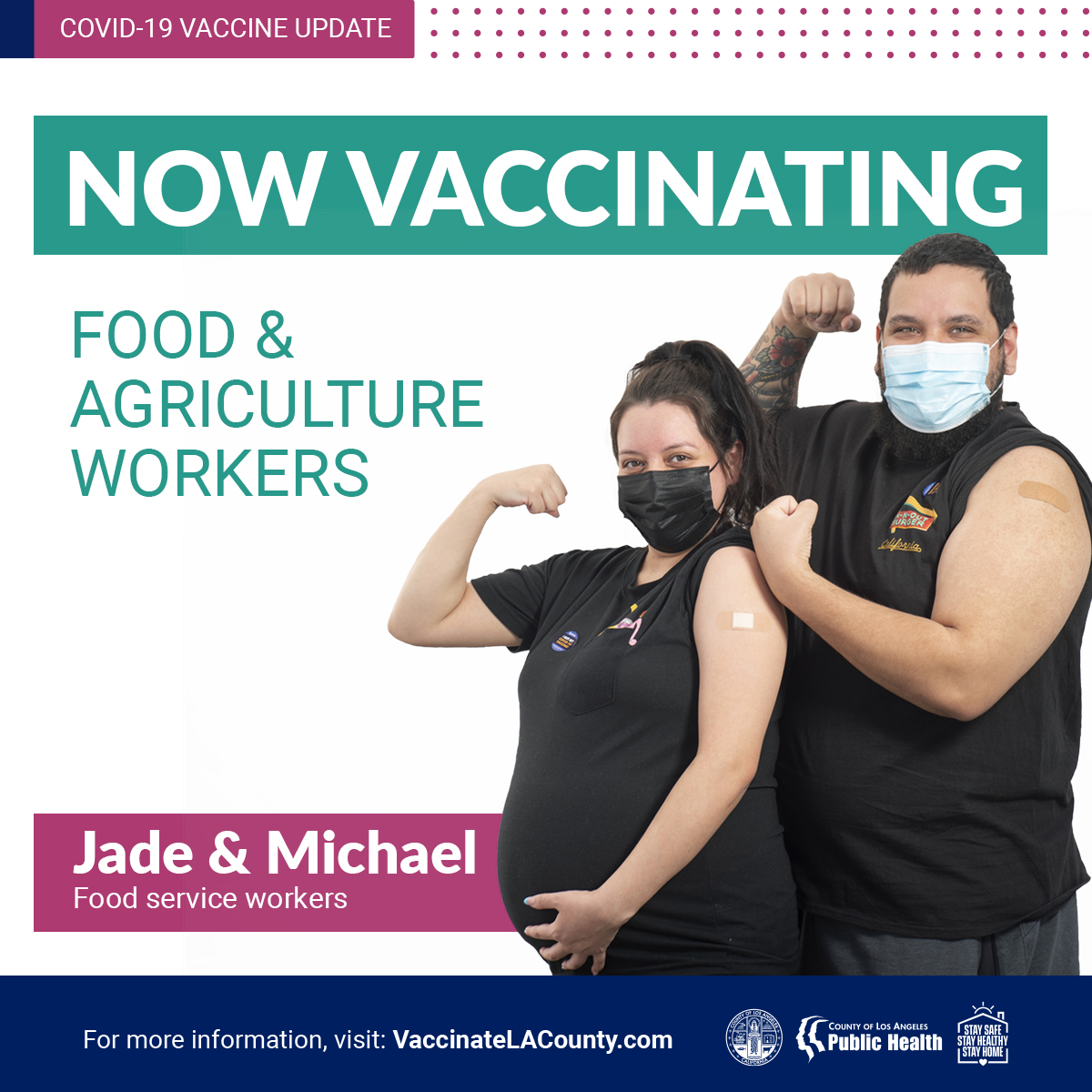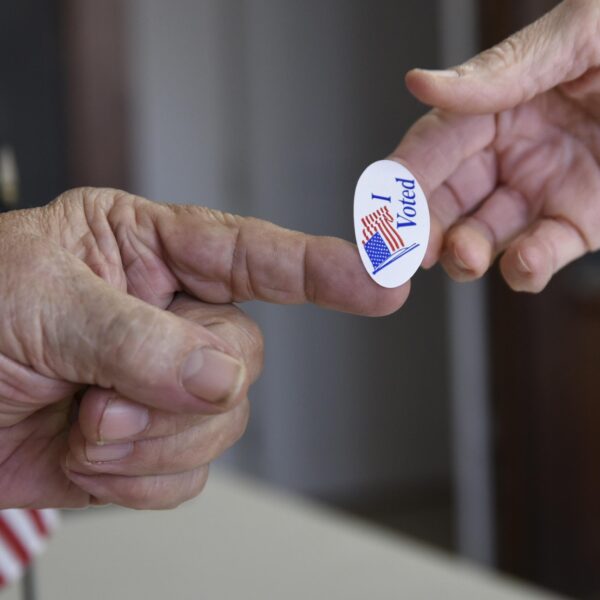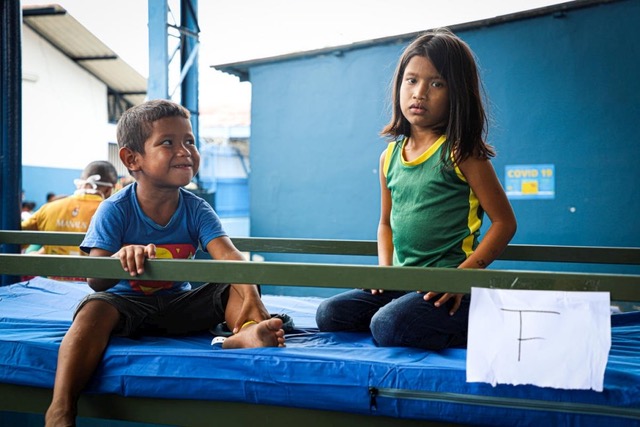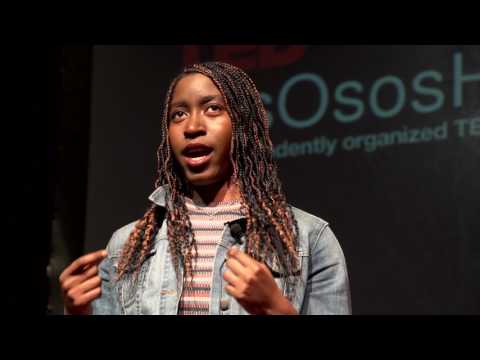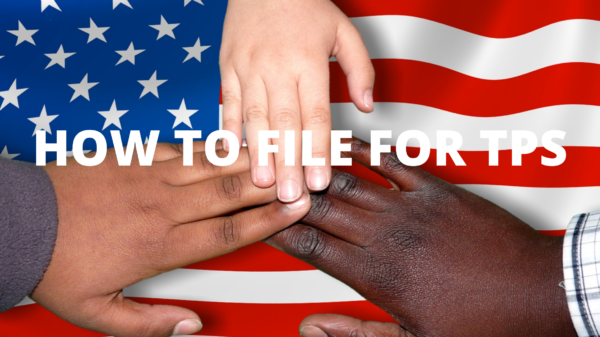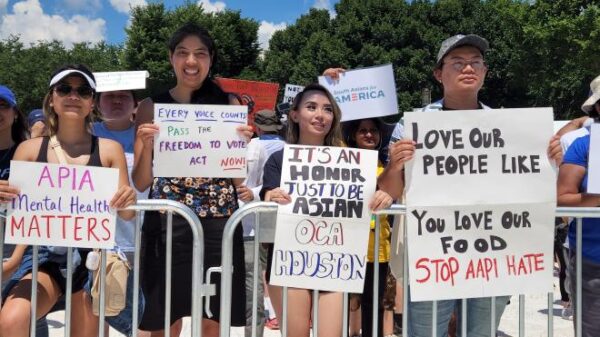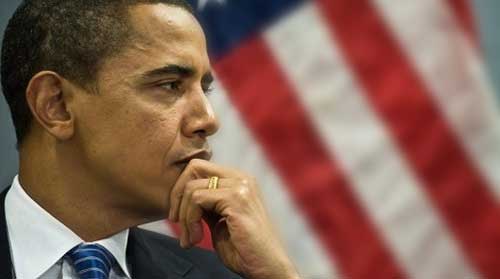With the covid delta variant causing infection rates to surge, the race to vaccinate the unvaccinated has become even more urgent. We hear from three front-line community organizers about how and why their highly personal, one-on-one approach to unvaccinated Latinos — in the heart of LA, in rural communities of San Joaquin, in small cities like Stockton — is working to build trust and convince people to get their vaccines. Often persuading the eldest person is key to getting an entire household to vaccinate a briefing by the Ethnic Media Services (EMS) discusses the success stories & challenges in reaching low-vax Latinx communities
Establishing that older adults have been disproportionately affected in the number of deaths especially among Latinos and Latinx communities, Kim McCoy Wade, Director, California Department of Aging acknowledged the role that the messenger plays. The messenger she said is key to pushing back on misinformation. We need to ask older adults what matters to them
George Pingarron, Todos Unidos, door-to-door canvasser in Stockton TBD, Outreach worker in Coachella shared his experiences in what has been effective in his efforts to reach the Latinx community. Extreme heat, harassment, racism, physical altercations are some of the factors that have made canvassing to get the community vaccinated a challenge. Many still don’t believe in covid, are mostly anti-government, and don’t want to get the vaccine. The political issues with the government are very challenging making it hard to knock on 80,000 doors with a 1% rate of vaccine sign-ups. Lack of education, government information or literature makes it even harder, and yet his team does what they can to help the community. He expressed great pride in achieving whatever successes they had thus far. In their case what has worked for them include the personal touch and conversation. Learning how to listen to them and figure out how to convince them to get the vaccine. Phone banking is good but challenging to people who feel bombarded by unsolicited calls.
Irma Munoz, ED, Mujeres de la Tierra (MDLT), a trailblazer in creating innovative approaches to community engagement (Los Angeles), representing her area of focus in MacArthur Park which is 80% Latinosahred the strategies that have worked in getting her community vaccinated. In spite of the challenges, canvassing has been a good tool as the people are more receptive to people they are familiar with. A lot of lessons came out of their process, for instance, people are afraid to give out information or present their IDs for fear of immigration and deportation concerns. The working class population has different challenges because working a 9-5 job during the week makes it difficult to carve out time to go and get the vaccines due to fear of loss of wages. Religion also plays a factor depending on what the faith prescribes. They listen to the church leaders and often do not trust the government. It is important to listen to their personal stories and share them so that they can be convinced by those who have taken the steps to get vaccinated. Her team’s success, she said, comes from having casual conversations with people. They do not do door-to-door because the residents are often afraid to open the door to unfamiliar people. As such the strategy is to do crowd-canvassing where there are crowds such as bus stops, metro stations, mercados, stores, parks, and anywhere there are activities going on. They now have vaccine sites on Sundays when they are available. Their approach is using a cultural lens so they can meet them where they are. Most are women who have guided them into the community. As for the elders they are key to getting the community to trust because of the influence they wield on their families. These elders are often interested in the facts and so they get them all the information they need which helps bring all the family members on board.
Esperanza Vielma, ED, Environmental Coalition for Water (EJCW), a statewide coalition of grassroots groups (Sacramento) shared that her community is most disadvantaged. They employ bilingual speakers for canvassing where they have focused on the 4 zip codes they are surrounded by. They have also employed crowd canvassing targeting community centers, Mexican and Asian markets, flea markets, or anywhere they find large concentrations of people. Door-to-door knocking has also been effective since the personal touch is very important in building trust. However, they have faced ozone or weather related challenges making it necessary to amplify the message with the assistance of the city. Collaboration with the air and school districts will be great to be as effective. The rural areas are a big challenge because of the lack of internet social media resources. The homes in this area are set back from the road which makes it really difficult. A combination of strategies is needed here to get the word out. Fliers may work in the environment since there is limited internet access.
Leo Lou Brons, who facilitated this briefing, summarized that social media was not an effective tool as there is a tremendous amount of misinformation and lack of trust coming out of that portal. Knocking on the doors is better and education is key. This vaccination effort started with the elderly because people are more likely to do so if their grandparents are vaccinated. This method may be revolutionary in how we deal with other social services. From mental to PPP, grassroots may be effective in getting to the community. The mainstream media with a lot of money spent are not as effective.

